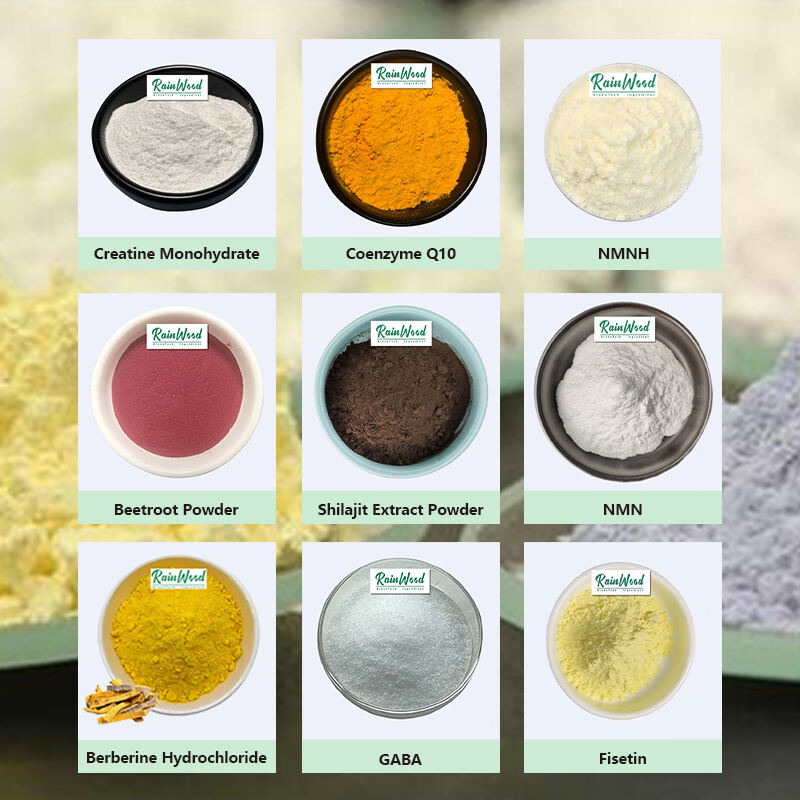Rm 218, Tangxing Digital Bld, #6 Tangxing Rd, Xi’an, Shaanxi, China +86 17791258855 [email protected]
| Product Name | White Willow Bark Extract |
| Grade | Food Grade |
| Certification | HACCP/ISO 22000/HALAL/IS0 9001 |
| Specification | 95%Pure |
| Appearance | Brown Yellow Powder |
| Delivery Time | 7 days |
| Nutrient Content | Vegan, Gluten-Free, Non-GMO, Natural |
| Shelf Life | 2 Years |
| Storage | Cool Dry Place |
White Willow Bark Extract is a bioactive-rich herbal ingredient derived from the dried inner bark of Salix alba (white willow)—a deciduous tree native to Europe, Central Asia, and parts of North America, with a history of use in traditional medicine dating back over 4,000 years (ancient Sumerians, Egyptians, and Greeks used it to relieve pain and fever). Typically available as a fine, light brown to off-white powder, it is standardized for its key active compound, salicin (5–15%), which the body metabolizes into salicylic acid—a compound with natural anti-inflammatory, analgesic (pain-relieving), and antipyretic (fever-reducing) properties. This makes it a valuable ingredient in the nutraceutical, cosmetic, and dietary supplement industries, particularly for targeted pain management and inflammation support.


|
White Willow Bark Extract Joint Pain Relief Capsules |
White Willow Bark Extract Muscle Ache Tablets |
|
White Willow Bark Extract Support Softgels |
White Willow Bark Extract Headache Relief Powder |
|
White Willow Bark Extract + Boswellia Serrata Capsules |
White Willow Bark Extract + Ginger Root Tablets |
Scientific Validation Combined with Ancient Traditional Credibility: It conveys unmatched cultural trust, having been used in traditional medicine for more than 4,000 years worldwide (from Native American healing techniques to the Ebers Papyrus in ancient Egypt). Its salicin-mediated pain-relieving mechanism is supported by recent research, bridging the gap between "traditional knowledge" and "evidence-based wellness"—a major selling point for customers looking for natural alternatives to prescription drugs.
Antioxidant and Dual Anti-Inflammatory Benefits: In addition to reducing pain, its polyphenol concentration strengthens antioxidant defense by scavenging free radicals that worsen chronic inflammation, such as in arthritis. Its multifunctional feature sets it apart from single-purpose pain compounds (like acetaminophen, which has no anti-inflammatory properties) and enables producers to develop "holistic pain treatment" products that target underlying inflammation as well as symptoms.
Broad dietary compatibility and clean label: White Willow Bark Extract is made from sustainably harvested white willow trees, usually from certified forests in North America or Europe, and is processed using ethanol or supercritical CO₂ extraction to preserve salicin and polyphenols. It is free of artificial additives, allergens (gluten, soy), and leftover solvents. It follows worldwide "clean wellness," "plant-based," and "vegan" trends, broadening its clientele to include people who are concerned about dietary restrictions and proponents of natural health.
Adaptable Formulation for All Sectors: Because of its water and alcohol solubility, it can be incorporated into a variety of OEM formats, including topical pain treatment products (gels, creams), oral supplements (capsules, tablets), and even functional beverages (e.g., "recovery tonics"). Its widespread acceptance for topical and oral use, in contrast to certain botanical extracts (like kratom) that are subject to regulatory restrictions, makes product creation easier for companies aiming to cater to pain management niches.